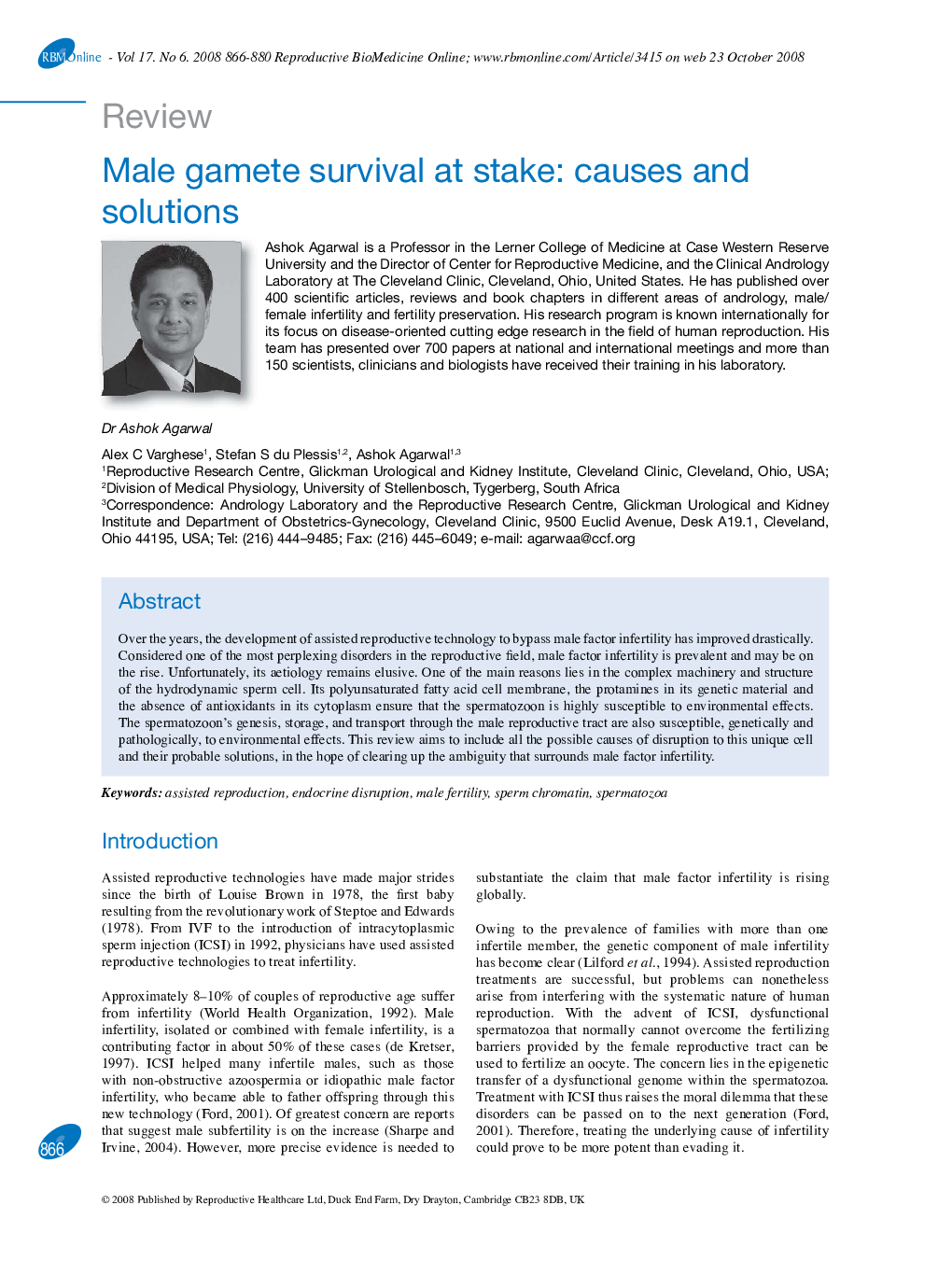| Article ID | Journal | Published Year | Pages | File Type |
|---|---|---|---|---|
| 3972314 | Reproductive BioMedicine Online | 2008 | 15 Pages |
Over the years, the development of assisted reproductive technology to bypass male factor infertility has improved drastically. Considered one of the most perplexing disorders in the reproductive field, male factor infertility is prevalent and may be on the rise. Unfortunately, its aetiology remains elusive. One of the main reasons lies in the complex machinery and structure of the hydrodynamic sperm cell. Its polyunsaturated fatty acid cell membrane, the protamines in its genetic material and the absence of antioxidants in its cytoplasm ensure that the spermatozoon is highly susceptible to environmental effects. The spermatozoon's genesis, storage, and transport through the male reproductive tract are also susceptible, genetically and pathologically, to environmental effects. This review aims to include all the possible causes of disruption to this unique cell and their probable solutions, in the hope of clearing up the ambiguity that surrounds male factor infertility.
